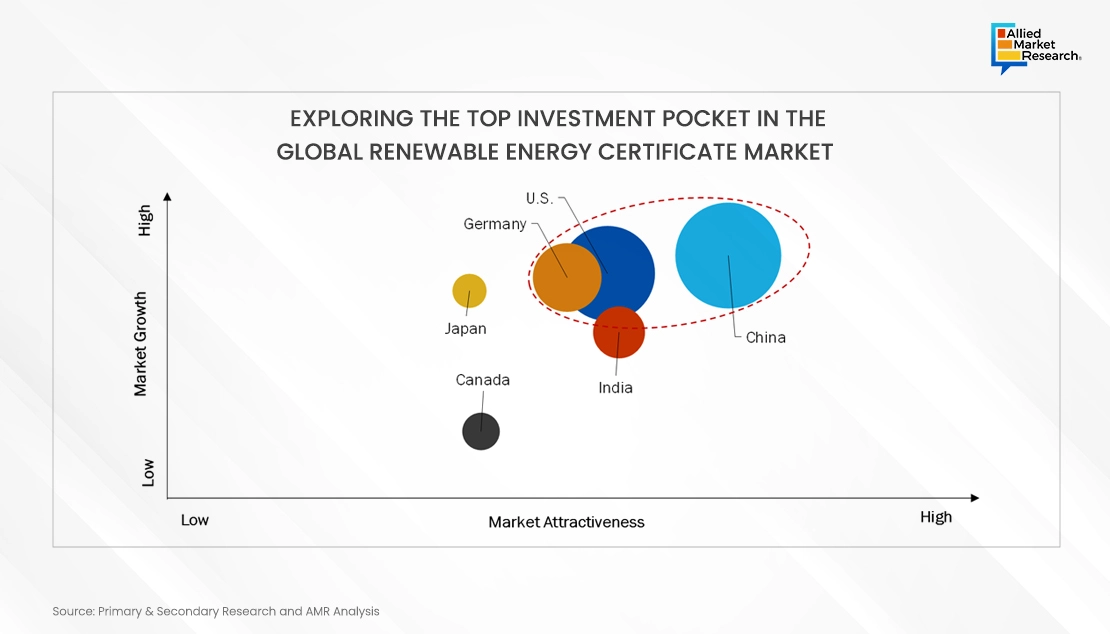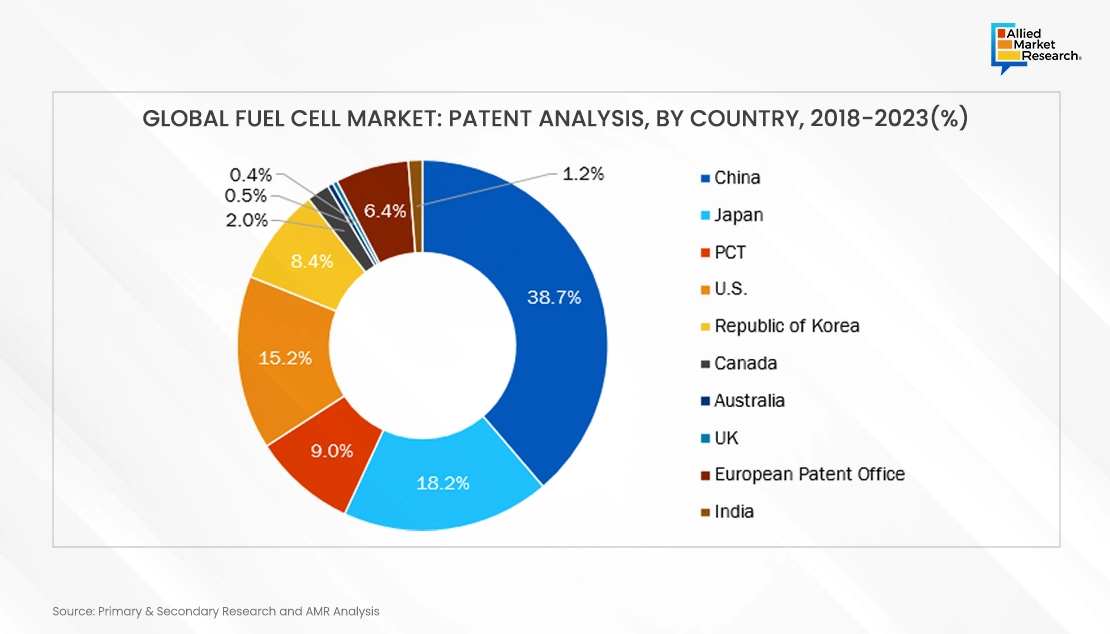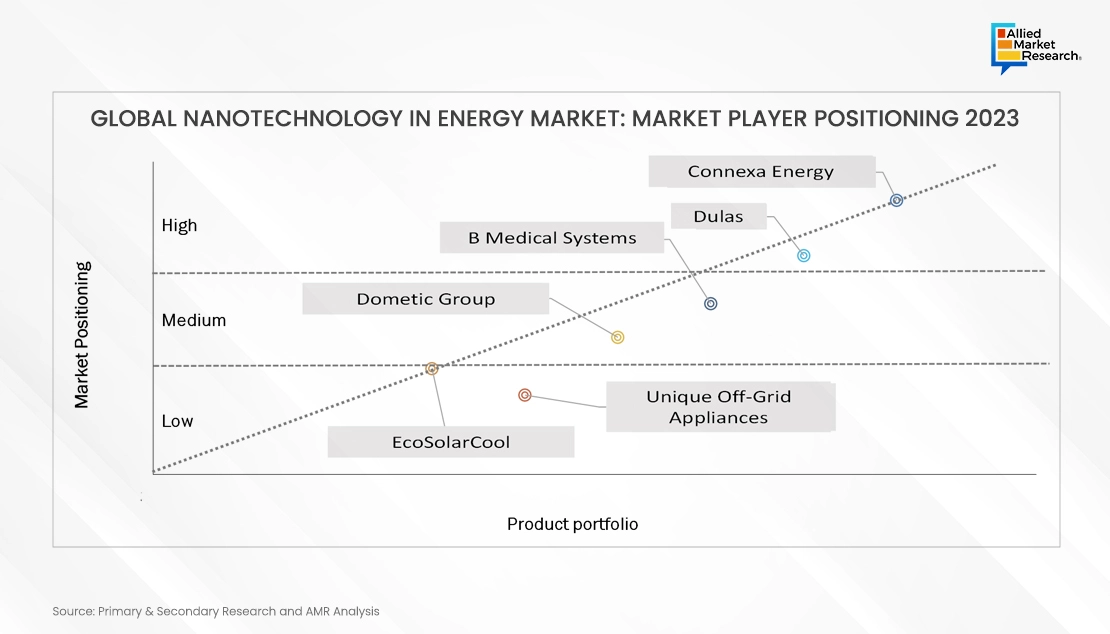Table Of Contents
- 1. Challenges and Opportunities in the Non-Renewable Energy
- Rise in Demand for Unconventional Oil and Gas Resources
- Expansion of Oil and Gas Exploration Activities
- Advancement in Oil and Gas Separators towards Sustainability
- 2. Embracing Renewable Energy
- Rise in Demand for Green Energy
- Decrease in Cost of Renewable Energy Resources
- 3. The Promise of Fuel Cells in Energy Storage
- Rise in Demand for Electric and Hybrid Vehicles
- 4. The Rise of Energy-as-a-Service (EaaS) Solutions
- Integration of EaaS with Renewable Power Generation
- 5. Nanotechnology's Impact on Energy Solutions
- Growth in Demand for Data Integration
- Navigating Towards a Sustainable Energy Future: Key Takeaways from 2023

Yerukola Eswara Prasad

Pooja Parvatkar
Navigating the Transition of the Energy & Power Sector in 2023

In the ever-evolving landscape of the energy and power sector, 2023 marked a pivotal moment characterized by significant transitions, innovations, challenges, and opportunities. As industries and governments worldwide increasingly prioritize sustainability and efficiency, 2023 stood out as a year where the energy and power sector witnessed transformative changes, setting the stage for a dynamic future driven by innovation and adaptation. Allied Market Research, acknowledging the significant transformations occurring within this sector, has curated this comprehensive industry brief. Let’s dive into key trends in the energy & power industry domain that have thrived in 2023 and promise to show lucrative growth in the future.
1. Challenges and Opportunities in the Non-Renewable Energy
As per researchers, the demand for fossil fuels is projected to reach a peak in 2025, with coal declining sharply. Natural gas and oil are core components of the world’s energy mix. The sharp shift in the application of renewable energy and government initiatives to invest in green energy sources have slowed down the development pace of the non-renewable energy market. However, the transition from non-renewable to renewable sources faces challenges due to existing infrastructure, economic dependencies, and the need for reliable alternatives.
Rise in Demand for Unconventional Oil and Gas Resources
The ongoing technological advancements in non-renewable energy extraction methods aim to enhance efficiency and reduce environmental impacts. Innovations in drilling techniques, such as hydraulic fracturing to access unconventional oil and gas reserves, significantly impact the non-renewable energy industry. Furthermore, non-renewable energy sources remain crucial concerning energy security in many regions, especially in areas with limited access to alternative energy resources.

The above figure showcases the size of the unconventional oil market on a global level. North America exhibits the highest attractiveness along with a growth rate and hence is the most potential market for investments. The development of hydraulic fracturing and horizontal drilling technologies has enabled the extraction of oil from shale rock formations, significantly boosting domestic production. Canada is a major producer of unconventional oil from its vast oil sands deposits in Alberta. The growth of unconventional oil production has prompted significant investment in infrastructure, including pipelines, refineries, and export terminals, to transport and process the oil efficiently.
Expansion of Oil and Gas Exploration Activities
The oilfield services market is driven by the growth of oil and gas exploration activities, driven by global energy demand, and the need to meet energy requirements. Exploration activities include conventional and unconventional sources like offshore drilling, shale gas, deepwater exploration, and oil sands. This surge in exploration demands efficient, dependable, and adaptable oilfield services technologies. High-performance oilfield services are crucial in the initial stages of processing, separating oil, gas, and water components, facilitating refinement, and ensuring safety and efficiency. As exploration expands into new frontiers and unconventional resources, the demand for specialized services for handling heavier crude compositions intensifies, providing significant growth opportunities for manufacturers and service providers in the oilfield services.
Advancement in Oil and Gas Separators towards Sustainability
The oil & gas sector is increasingly embracing sustainability and becoming environmentally conscious, leading to a transformative shift in the market towards innovative and eco-friendly separator solutions. Continuous research and development activities are underway for boosting efficiency, reducing emissions, and diversifying the range of available energy sources for these systems. Moreover, the integration of advanced control systems and technologies marks a new era of efficiency and flexibility in oil and gas separators. Through smart controls and monitoring systems, the separation process is optimized, enhancing overall performance and reliability while minimizing resource utilization. These advancements are poised to not only enhance the cost-effectiveness of current oil and gas separators but also foster their widespread adoption across industries, thereby contributing to a more resilient and environmentally conscious energy sector.

2. Embracing Renewable Energy
Transitioning to renewable energy is crucial for environmental preservation, as it helps in achieving the goal to reach minimal to zero harmful emissions. Fundamentally sourced from perpetual environmental reservoirs such as the sun, wind, or geothermal outlets, renewables represent a cornerstone in sustainable energy strategies. Harnessing these resources involves not only extraction but also their conversion into efficient electricity or fuels. This shift underscores a pivotal trend in the energy industry, driving innovation in technologies aimed at enhancing power generation efficiency while concurrently reducing manufacturing costs for renewable infrastructure.
Rise in Demand for Green Energy
Renewable energy sources, including wind, solar, geothermal, bioenergy, hydropower, and ocean power, are crucial for meeting global energy demands. These sources, which account for around 7% of global energy demands, are more expensive than fossil fuels. The primary drivers of renewable energy usage include global warming, aversion to traditional nuclear power, and lack of progress in nuclear power applications. Governments in both developing and developed countries are promoting renewable energy due to increased efficiency, less pollution, and low maintenance costs. The use of renewable energy resources leads to decarbonization, long-term energy security, and expanded energy access for future consumers, driving demand for the green energy market.
Decrease in Cost of Renewable Energy Resources
The International Renewable Energy Agency (IRENA) reports that the cost of renewable energy has decreased by 30-40% compared to previous years, making wind power more cost-effective. This trend is expected to continue due to technological improvements and economic scale. Conventional power plants, which use non-renewable sources and emit harmful gases like sulfur dioxide and nitrogen oxides, contribute to air pollution, water pollution, and greenhouse gas emissions. Wind power is a sustainable alternative, as it does not require fuel and does not produce harmful gases.
As urbanization and economic development increase, global energy demand rises, leading to increased greenhouse gas emissions. To control these issues, governments are promoting renewable energy sources like wind, solar, biomass, and geothermal energy. Denmark, which previously supplied over 95% of its national energy from fossil fuels, now supplies more than 30% from wind and other renewable sources.
Cost has been a primary barrier to switching from fossil-based energy sources to renewable energy sources. However, the cost of renewable energy sources has decreased by 30-40% compared to previous years, and the benefits of wind energy, such as no greenhouse gas emissions and avoiding water and air pollution, are expected to exhibit growth in the coming years.
Wind energy projects are flexible, as they can easily be added to existing parks and utilize local resources in terms of labor, capital, and materials. As a result, the wind turbine market is expected to experience significant growth.

The above figure illustrates the investment potential on the renewable energy certificates market. China and U.S. showcased the highest attractiveness and growth rate India and China have huge population and is growing rapidly in terms of economy, which has led to demand for the power from renewable energy, increasing the demand for renewable energy certificates. In India, renewable energy certificates worth over $1,260 million have been sold to date. In India, 99% of all REC purchases are driven by those individuals who are required to fulfill renewable purchase obligations (RPO) requirements of distribution companies. Also, the rapid development in communication and internet technology has led to the development of green energy centers, which can be used to track the total production and consumption of green attribute energy resources. The above-mentioned rapid development and application of IoT will provide large opportunities for the development of renewable energy certificate market.
3. The Promise of Fuel Cells in Energy Storage
While current technologies adequately generate energy, they face a deficiency in cost-effective energy storage solutions. Effective energy storage facilitates stable pricing by proactively managing consumer demand. This allows consumers to purchase energy for future use, enabling them to accumulate reserves during optimal conditions. Subsequently, this stored energy aids in alleviating grid loads during peak periods, while empowering prosumers to capitalize on the increased demand and higher energy prices.
Fuel cells, a promising solution for energy storage, are gaining traction as an alternative to traditional battery systems. Fuel cells differ from conventional batteries in their method of electricity generation. Instead of storing energy in chemical form, fuel cells produce electricity through an electrochemical reaction involving hydrogen and oxygen. This process produces water as the sole byproduct. This technology offers several advantages, including higher energy density, faster refueling times, and lower environmental impact.
Rise in Demand for Electric and Hybrid Vehicles
The European Union is promoting renewable energy sources, specifically Battery Electric Vehicles (BEVs) and Fuel Cell Electric Vehicles (FCEVs), to reduce carbon emissions in the transport sector. This approach combines energy storage for electric vehicle charging, providing a consistent electricity supply throughout specific parts of the power system. Energy storage technologies allow excess renewable energy to be stored and released at times of excessive electrical demand. The demand for energy storage systems is expected to increase due to the millions of vehicles using the grid for vehicle recharge. This could lead to increased pressure on the electric grid for power generation.

The above figure illustrates the investment potential in the fuel cells market. Asia-Pacific and North America showcased the highest market attractiveness and growth rate. Fuel cells are increasingly used in backup power applications and distributed generation facilities. Asia-Pacific and North America being highly industrialized economies, the demand for uninterrupted power continues to increase exponentially. Also, the use of fuel cells in transportation end-use industry, mainly in the Asia-Pacific region is growing at a high pace. These factors are responsible for the growth and high investment opportunities in the fuel market in these regions.

The above figure showcases the various patents filed related to fuel cell technology between 2018 and 2023. China and Japan registered the highest patent share between 2028 and 2023 related to fuel cell technology on a global level.
4. The Rise of Energy-as-a-Service (EaaS) Solutions
In the future landscape of energy systems, a notable trend is the prominence of Distributed Energy Resources (DERs) managed through a combination of Artificial Intelligence (AI) and Internet of Things (IoT) technologies. This convergence, along with blockchain integration and the growing community of energy prosumers, lays the groundwork for the emergence of energy-as-a-service (EaaS) solutions. EaaS represents a paradigm shift from traditional models focused solely on selling electricity to offering a suite of services encompassing consumption management, production optimization, and consumption tracking. By incorporating local energy sources and storage solutions, EaaS not only enhances energy efficiency throughout the grid but also extends access to a wider population, paving the way for a more inclusive and sustainable energy future.
Integration of EaaS with Renewable Power Generation
Renewable sources for energy generation such as wind, solar, and hydro can be integrated with EaaS model. The source of electricity used in current models is generated from both conventional and renewable sources. EaaS models offer solutions that can integrate solar and wind energy sources into a project. Increased technological advances that efficiently integrate renewable forms of energy in the model and help in lowering carbon footprint drive the market growth. It also helps in lowering the electricity expenses that a customer has to bear. The application of electric energy in commercial buildings and the transportation sector has increased tremendously. This can be done through flexibility in grids and battery storage. The need for a flexible grid solution encourages the growth of the market. Moreover, increased electric sources of transportation offer lucrative opportunities for market growth.
5. Nanotechnology's Impact on Energy Solutions
Nanotechnology is revolutionizing energy technology across various domains. In energy storage, nanostructured materials are enhancing the efficiency and lifespan of batteries and supercapacitors. Advanced solar cells benefit from nanomaterials like quantum dots, improving light absorption and conversion efficiency. Nanogenerators enable energy harvesting from ambient sources for applications in wearables and sensors. Smart windows and insulation benefit from nanocomposite coatings, dynamically controlling light and heat transmission in buildings. Nanoparticles in the oil and gas industry enhance recovery rates, while nanomaterials in water treatment improve filtration and desalination processes. In lighting, quantum dots and nano phosphors enhance the efficiency of LEDs. Thermoelectric materials leverage nanotechnology to convert waste heat into electricity. Additionally, nanoparticles play a role in carbon capture and storage processes, contributing to environmental sustainability. As nanotechnology continues to advance, its integration into energy technology promises more efficient, sustainable, and environmentally friendly solutions, addressing global energy challenges.
Growth in Demand for Data Integration
Nanotechnology holds significant promise in the realm of renewable energy, particularly in energy storage applications such as lithium batteries. The primary motivation behind research into nanotechnology in battery technology is to identify materials that are conducive to achieving higher capacity and shorter charge and discharge cycles. In addition to this nanotechnology can also influence the material needed by the devices which will increase the efficiency of conversion such as lightweight wind blades, and solar panels. Nanomaterials are mostly used in to manufacture and design various parts required by wind and solar farms. The conversion efficiency of traditional solar cells stands at approximately 25%. However, the integration of nanomaterials has boosted this efficiency to 33.5%. This significant enhancement underscores the pivotal role of nanotechnology in driving advancements within the energy market. Moreover, the surging demand for energy, coupled with the green energy initiatives outlined in the national plans of developing nations, presents a favorable opportunity for the expansion of nanotechnology within this sector.
Currently, Connexa Energy, EcoSolarCool, SunDanzer, Unique Off-Grid Appliances, B Medical Systems, Dometic Group, and Dulas are some of the leading players in the global nanotechnology in energy market.

Navigating Towards a Sustainable Energy Future: Key Takeaways from 2023
In the dynamic landscape of the energy and power sector, 2023 has been a year of significant transformations and pivotal shifts. From the resurgence of renewable energy sources to the continued evolution of non-renewable energy technologies, the sector has witnessed remarkable developments. To delve further into the trends and opportunities within the energy and power sector, contact Allied Market Research analysts today. With our expertise and in-depth analysis, you can stay ahead of the curve and make informed strategic decisions in this rapidly evolving industry.

